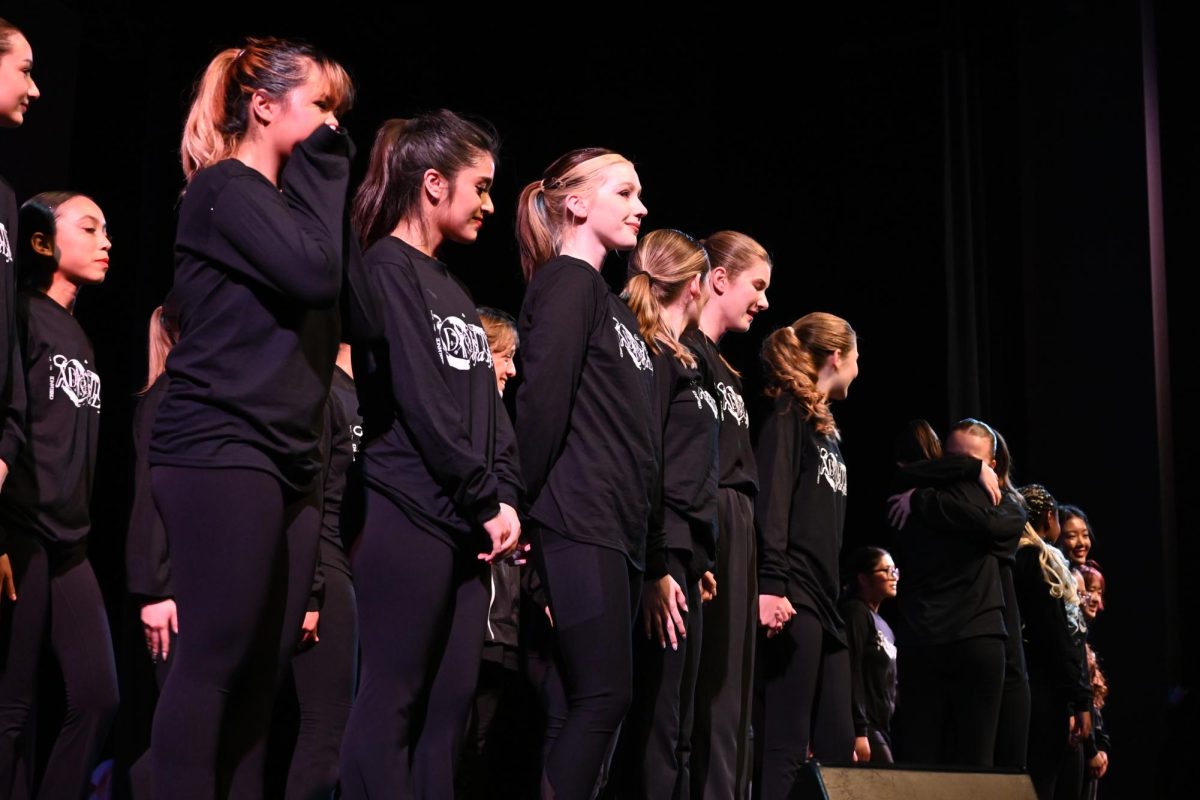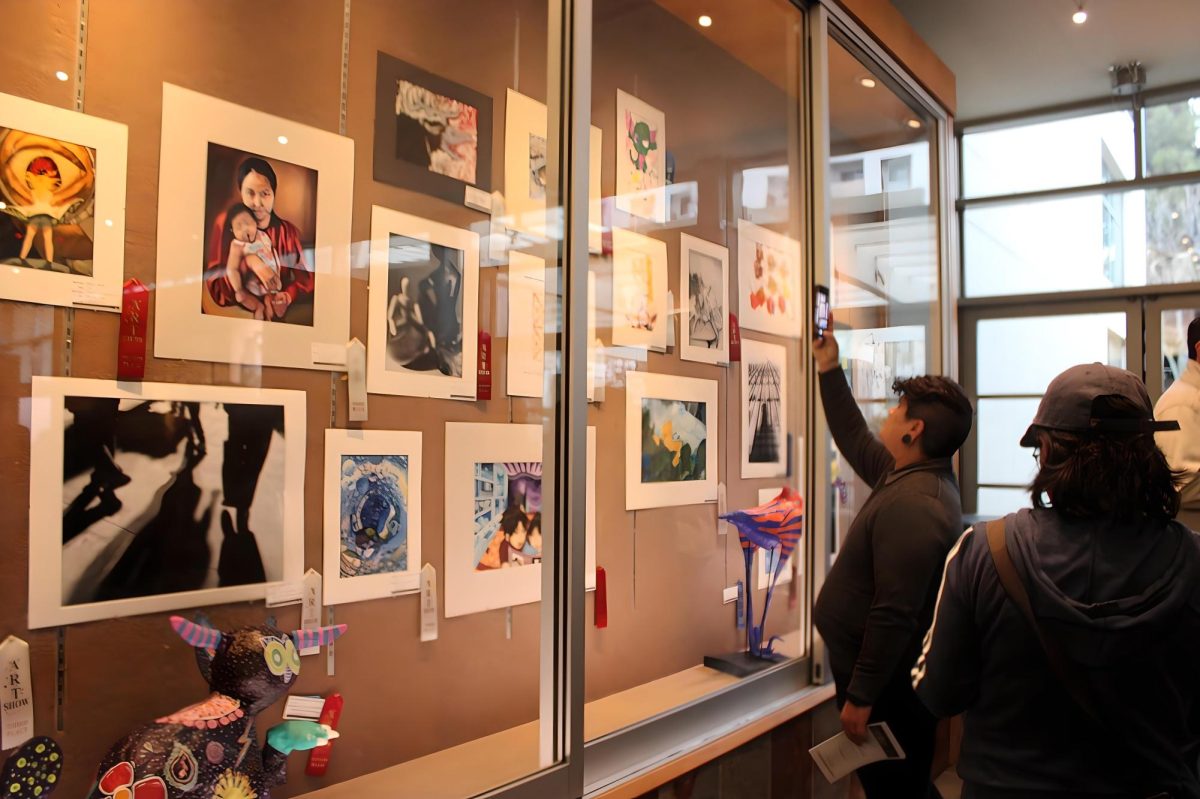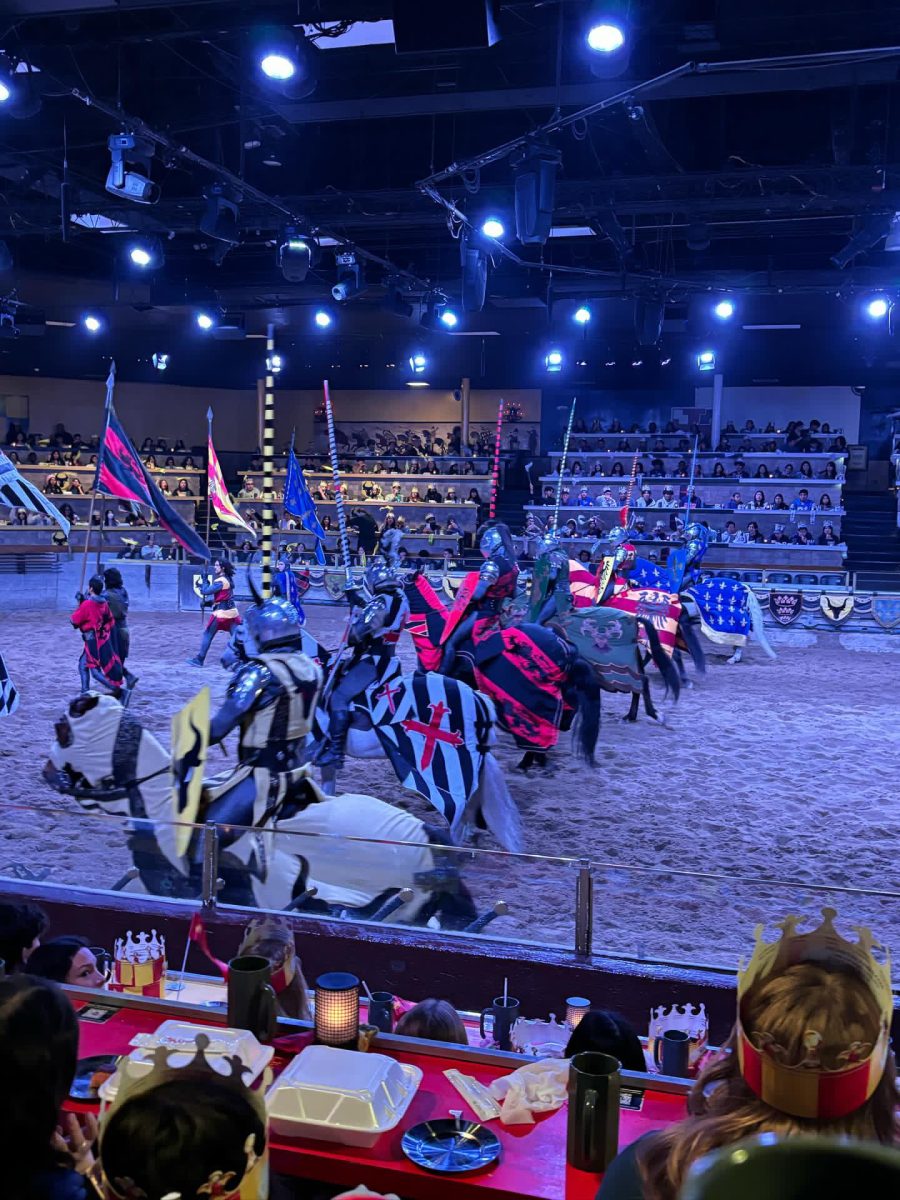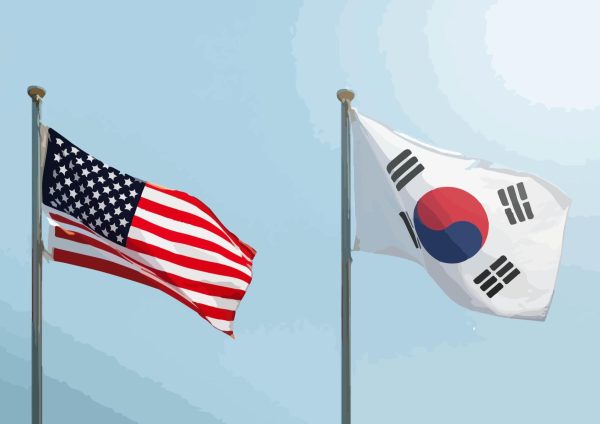Black History Month: Reflecting On Black History
February 25, 2021
It is never too late to look back on the history of America and the history of different cultures and ethnicities. The month of February honors the beauty and tragedy of Black history by educating society and allowing others to reflect on and engage in Black culture.
It is especially important to learn about Black history after the present focus of America’s continuous unjust and broken system; how countless people of color are, to this day, being systemically failed, tormented, and killed. The recent killing of George Floyd, along with many other innocent Black citizens, and the establishment of the Black Lives Matter movement is pushing society into addressing this undeniable abuse. America has seen people of color in oppression since the 1600s. This country has walked through the land of slavery, Jim Crow laws, mass incarceration, and systemic racism. Despite being dehumanized for nearly four centuries, the Black community has never failed to fight for freedom, while simultaneously laying the ground for popular culture and art that runs our current world.
During segregation, many civil rights leaders arose to encourage and support Black freedom. Some of the many well known civil rights activists include Malcom X, Angela Davis, Martin Luther King Jr., Afeni Shakur, Roy Wilkins, and Dorothy Height. Civil rights organizations were founded during these times as well, which include the National Association for the Advancement of Colored People (NAACP), the Congress of Racial Equality (CORE), and the American Civil Liberties Union (ACLU). One of the most popular political civil rights organizations was the Black Panther Party, organized by Bobby Seale and Huey P. Newton in 1966. What’s most interesting about these activists and organizations is that some encouraged violence against the oppressors, while others promoted peacefully going about change. Both sides are understandable and judgement cannot be made for those fighting against their oppressors.
While carrying years and years of generational trauma on their back and in their blood, the Black community over time flourished in all aspects of life; socially, physically, artistically, educationally, financially, and emotionally. The Harlem Renaissance is recognized as the beautiful revival of African American intellect and culture, centered in places like Harlem, New York City, Chicago, and Manhattan during the 1920s and 30s. African Americans found ways around racism to express themselves, speak about history, and rightfully live their lives.
“ Greatness is not measured by what a man or woman accomplishes,” the late Dorothy Height, a civil and women’s rights activist once said,“ but by the opposition he or she has overcome to reach their goals.”
The most crucial truth to consider is that America was built by the sweat and tears of people who are perpetually being failed by the law in this country. There are countless Black musicians, writers, speakers, inventors, and artists in history that are worthwhile to learn from and research. Don’t hesitate to do so.











































Abby Tafesse ♦ Oct 19, 2021 at 11:11 am
I agree with the purpose of writing this article: acknowledging the history of black people in this country specifically how they have been oppressed and marginalized is important regardless of how long ago it was, because it impacts why things are the way they are today.